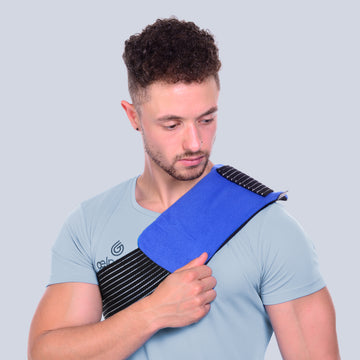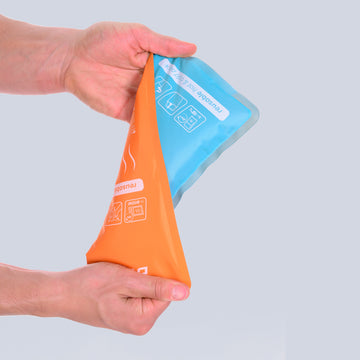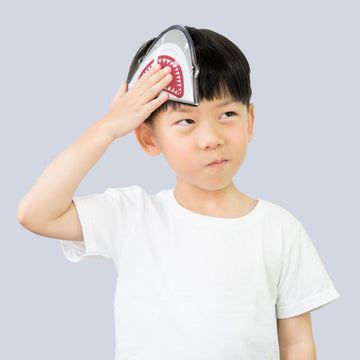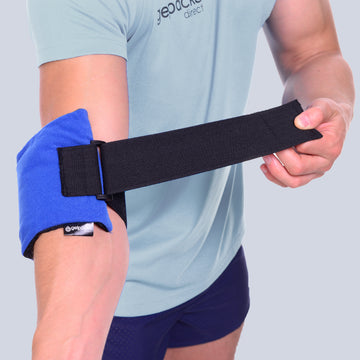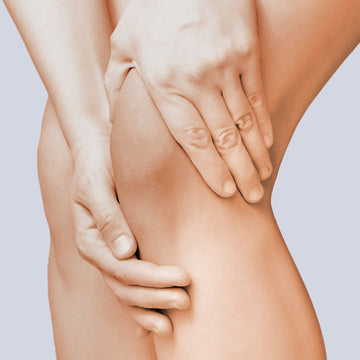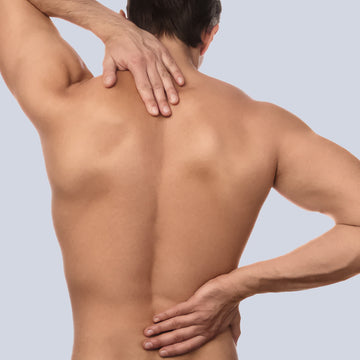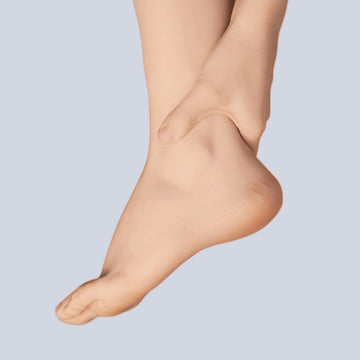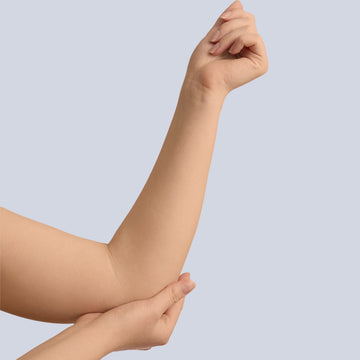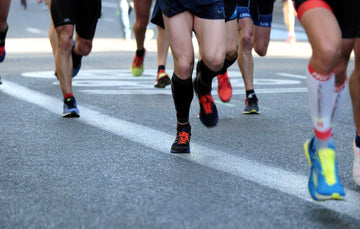Posted by Tia Patel | APR-29-2021

Walking and Pain Relief
For people who live with chronic pain, getting up, out and moving can seem daunting.
With National Walk to School week approaching we’ve got all the benefits of walking, including how walking can help relieve pain and top tips for treating the most common walking injuries.
Benefits of walking
1. Burns Calories - Walking can help you burn calories to maintain or lose weight. The amount you will burn depends on speed, distance, terrain and your weight.
Check out these tips for losing weight without dieting
2. Strengthen the heart - Walking at least 30 minutes a day, five days a week is thought to reduce your risk for coronary heart disease by about 19 percent.
3. Lower your blood pressure - Taking a short walk after eating may help lower your blood sugar.
4. Boosts immune function - Walking may reduce your risk for developing a cold or the flu and will lessen symptoms if you do get sick.
5. Boosts energy levels - Going for a walk when you’re tired may be a more effective energy boost as it increases oxygen flow through the body. It can also increase levels of cortisol, epinephrine, and norepinephrine; hormones that help elevate energy levels.
6. Improves mood - Walking can help your mental health. Studies have shown it can help reduce anxiety, depression, and a negative mood. It can also boost self-esteem and reduce symptoms of social withdrawal.
7. Enables creative thinking - Walking may help clear your head and help you think creatively. A study that included four experiments compared people trying to think of new ideas while they were walking or sitting. Researchers found participants did better. Covid rules now permit walking with a friend, so the next time you’re stuck on a problem, try to initiate a walking meeting with your colleagues.
8. Extends life - Walking at a faster pace could extend your life. Researchers found that walking at an average pace compared to a slow pace resulted in a 20 percent reduced risk of overall death.
Walking and pain relief
- Strengthens muscles supporting your spine - This includes your core and lumbar (lower back) which play an important role in maintaining stability and movement across your whole body. From a sedentary lifestyle, these muscles can become weak over time causing an increase in muscular weakness, injury and pain as the overall mass of your muscles reduces. Walking helps to increase the blood flow around your body, increasing the supply of oxygen and nutrients to these areas. Whilst flushing out toxins which can accumulate and cause stiffness.
- Increases flexibility around the body - A lack of movement can cause the muscles and joints to become stiff. This can create an increase in pressure around the body, eventually leading to pain. Walking increases flexibility by activating and stretching the muscles and ligaments in your spine and hips. An increase in flexibility will help to improve the range of motion and reduce pain.
3 common pains caused by walking, how to treat and prevent them
Plantar Fasciitis
What it feels like: tenderness on the heel or bottom of your foot.
What is it: The plantar fascia is the band of tissue that runs from your heel bone to the ball of your foot. When the muscle and arch of your foot is strained, small tears develop and the tissue stiffens as a protective response, causing inflammation and pain in the foot. It's common to experience pain first thing in the morning as a result of the fascia stiffening overnight.
How to treat: Loosen up the tissue by sitting with the ankle of your injured foot across the opposite thigh. Pull your toes toward your shin with your hand until you feel a stretch in the arch. Run your opposite hand along the sole of your foot; you should feel a taut band of tissue. Do 10 stretches, holding each for 10 seconds. To reduce inflammation, use your gel pack cold on foot.
Achilles Tendonitis
What it feels like: Pain in the back of your heel and lower calf.
What is it: The Achilles tendon connects your calf muscle to your heel and can become irritated by walking too much. Repeated flexing of the foot when walking up and down steep hills or on uneven terrain can strain the tendon and trigger pain in the lower leg.
How to treat: Reduce your walking mileage and substitute non-weight-bearing activities such as swimming or upper-body strength training, as long these don’t make the pain worse. Use your gel pack cold, in a compression wrap, and elevate the ankle to reduce swelling and inflammation and relieve pain.
How to prevent: Stretch and strengthen the calf muscles before easing yourself in to walking longer distances.
Lumbar Strain
What it feels like: Ache in your mid to lower back
What is it: Whilst walking itself won’t cause lower-back pain, the repetitive motion can make an existing back injury worse. It’s easy to “throw out your back” when tendons and ligaments around the spine are overworked. Arthritis or inflammation of surrounding nerves can also cause pain in this region.
How to treat: Rest. Ice the area to reduce any swelling and inflammation before heating 2 hours later to bring fresh nutrients in the blood to the area to promote healing. Exercises strengthening the core and lower back.
How to prevent: Keeping the muscles in your core strong will help to prevent strain on your lower back. While you walk, engage your abs and keep a strong posture.
Try these exercises to strengthen your lower back
Happy Walking!
#TeamGPD
https://www.prevention.com/fitness/fitness-tips/a20435251/solutions-to-the-10-biggest-walking-pains/
